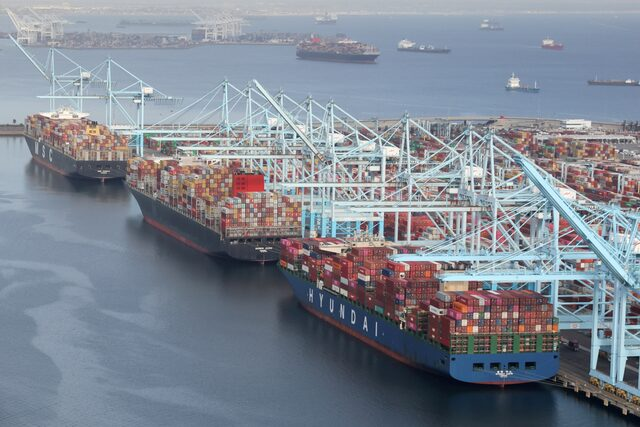Oil prices climbed on Wednesday, rebounding from a dramatic two-day plunge, the steepest since 2022, after a US-brokered ceasefire between Iran and Israel. Brent crude gained 1% to near $68 per barrel, reflecting cautious optimism in a volatile global oil market.
The ceasefire, mediated by President Donald Trump, has calmed fears of supply disruptions in the Middle East, a critical region for global oil production. After a weekend of heightened tensions following US airstrikes on Iranian nuclear facilities, the truce has restored some stability to crude futures curves, aligning with pre-conflict levels.
Tuesday’s announcement that China, Iran’s largest oil buyer, could continue purchasing Iranian crude intensified the recent sell-off. A senior White House official later emphasized that US sanctions on Iran would remain, tempering concerns about weakened enforcement.
The American Petroleum Institute (API) reported a 4.3 million barrel drop in US crude stockpiles last week, following an 11.2 million barrel drawdown the prior week. Official inventory data, due later today, is expected to confirm this trend, supporting oil’s price recovery.
The OPEC+ alliance is set to meet on July 6 to discuss increasing oil supply in August, potentially influencing future price trajectories. Concurrently, Trump’s July 9 deadline for trade deals with major US partners looms, with “Liberation Day” tariffs threatening nations without agreements.
Market volatility has been amplified by massive options trading volumes, marking the largest daily price swing in nearly three years. As the dust settles, traders remain focused on geopolitical developments and inventory data to gauge oil’s next move.























